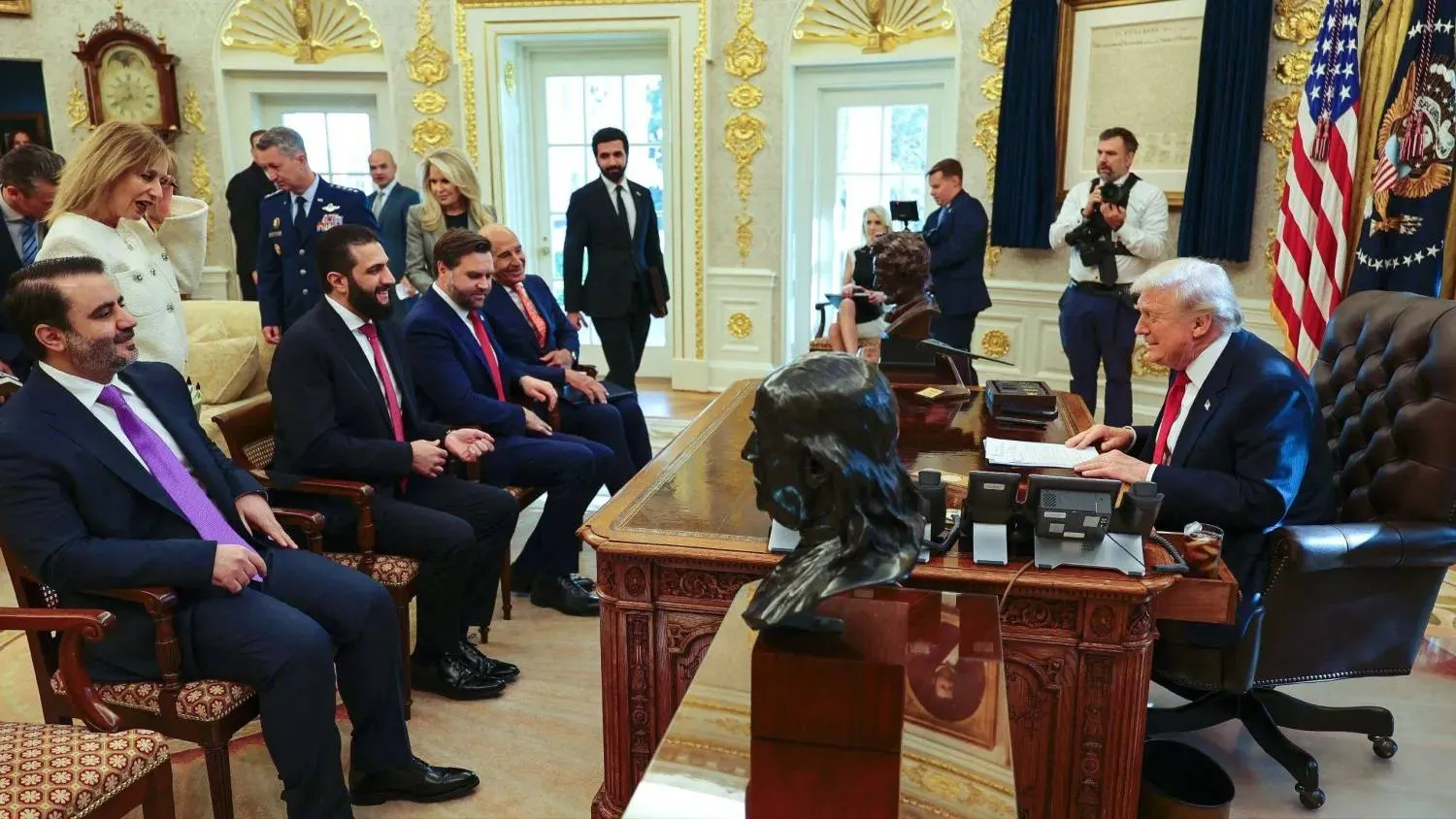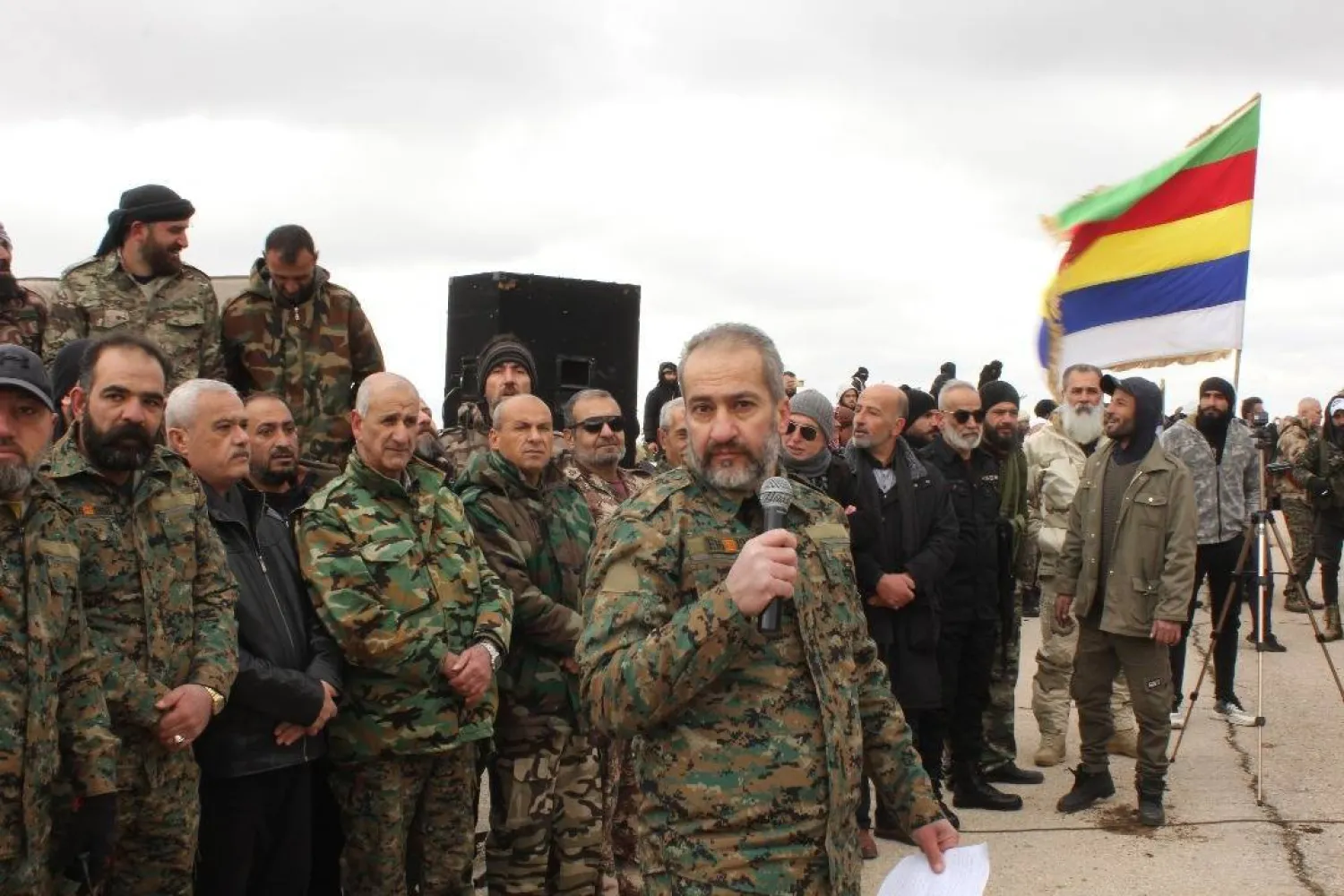Iran appears to have withdrawn itself from the latest confrontation between Israel and Hezbollah in Lebanon.
Israel on Monday intensified its operations against Iran-backed Hezbollah, striking targets in Lebanon’s South and eastern Bekaa Valley.
Iran seems noticeably absent as it arranges its political affairs with the United States and the West, said Lebanese political observers.
They pointed to Iranian Supreme Leader Ali Khamenei’s recent remarks that Tehran was making a “tactical retreat” as it backs down from retaliating to Israeli strikes on Iranian interests. It also seems to have abandoned plans for avenging the assassination of Hamas leader Ismail Haniyeh in Tehran in July.
Most notably, they highlighted the Iranian foreign minister’s statement on Monday that his country is ready to hold talks on its nuclear program in New York where world leaders are meeting for the United Nations General Assembly.
The political observers appeared divided over whether Iran has really abandoned Hezbollah and was ready to exchange it in return for political gains on the negotiations table, or whether the ideological relationship between Iran and Hezbollah was really unbreakable.
Soaid: Hezbollah is abandoned to its fate
Head of the Saydet el-Jabal Gathering former MP Fares Soaid lamented that the scenario that unfolded in Gaza for nearly year is being replicated in Lebanon.
“The coming days will reveal whether Iran is leading the Resistance Axis against Israel or whether it is fighting Tel Aviv through its allies, while it is really focused on negotiations with the United States,” he told Asharq Al-Awsat.
“Day after day, it is becoming evident that members of Iran’s regional proxies are dying while fighting against Israel in order to improve Tehran’s negotiating position with Washington,” he explained.
“The Lebanese people are sensing that Hezbollah, which used to boast of Iran’s support for it, is now waging the battle alone. It is as if it has been left to its fate, while Iran arranges its papers with the West,” he added.
Geopolitical expert Ziad al-Sayegh said the fact that Iran has not joined the Israel’s fiercest battle against Lebanon, does not at all mean that it has abandoned Hezbollah.
He told Asharq Al-Awsat that it was naive to believe that the bond between them could be so easily broken since they share deep ideological ties.
People in Lebanon believe that Iran’s failure to react to the latest dangerous developments in Lebanon, starting with the attack on Hezbollah’s communication devices and killing of senior Radwan unit commanders last week, mean it has abandoned the party and left it to its fate.
Surviving at Hezbollah’s expense
Soaid stressed that the Iranian leadership was trying to “survive this war and perhaps strike a deal at the expense of Hezbollah in Lebanon, the Houthis in Yemen and Popular Mobilization Forces in Iraq.”
“Unfortunately, this is not the first time that a Lebanese party ties its fate to a foreign party and bets wrong,” he added.
He recalled how the Lebanese National Movement “tied its fate” to Palestinian Fatah movement leader Yasser Arafat in the 1970s.
“Syrian President Hafez al-Assad decided to eliminate Fatah, kicking off the process by assassinating Lebanon’s Kamal Jumblatt and newly elected President Bashir al-Gemayel,” noted Soaid.
Arafat couldn’t protect Jumblatt and no foreign power was able to save Gemayel, he explained.
“Regional forces are using internal forces, not the other way around,” he noted. “The situation today demonstrates that Hezbollah is following the orders of Tehran and the Iranian Revolutionary Guards, not the other way around,” he added.
Iran would never have gained so much influence in the region had the West not allowed it to run rampant.
Sayegh said the West “has granted Iran cover for years and the people of the region have played the price of this dirty work. The West won’t get out of this situation unscathed.”
“We have entered the era of eliminating extremism that is formed out of nationalist and religious ideology and Israel and Iran are best examples of this,” he stated.
“The Arab world is demanded to follow the course of the establishment of a Palestinian state. Hezbollah must read the historic and geographic truths through the lense of the Lebanese identity,” he urged.
“It must apply the constitution and respect the state’s sovereignty. Therein lies salvation,” he remarked.









